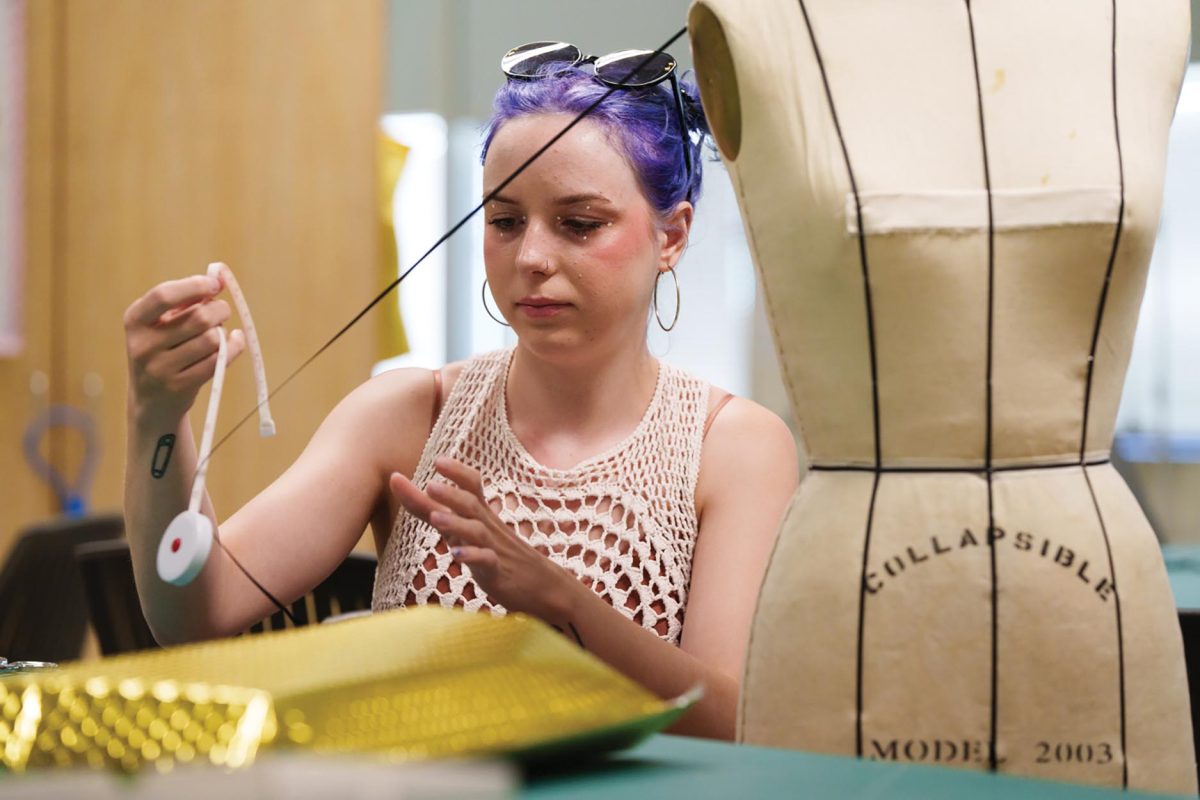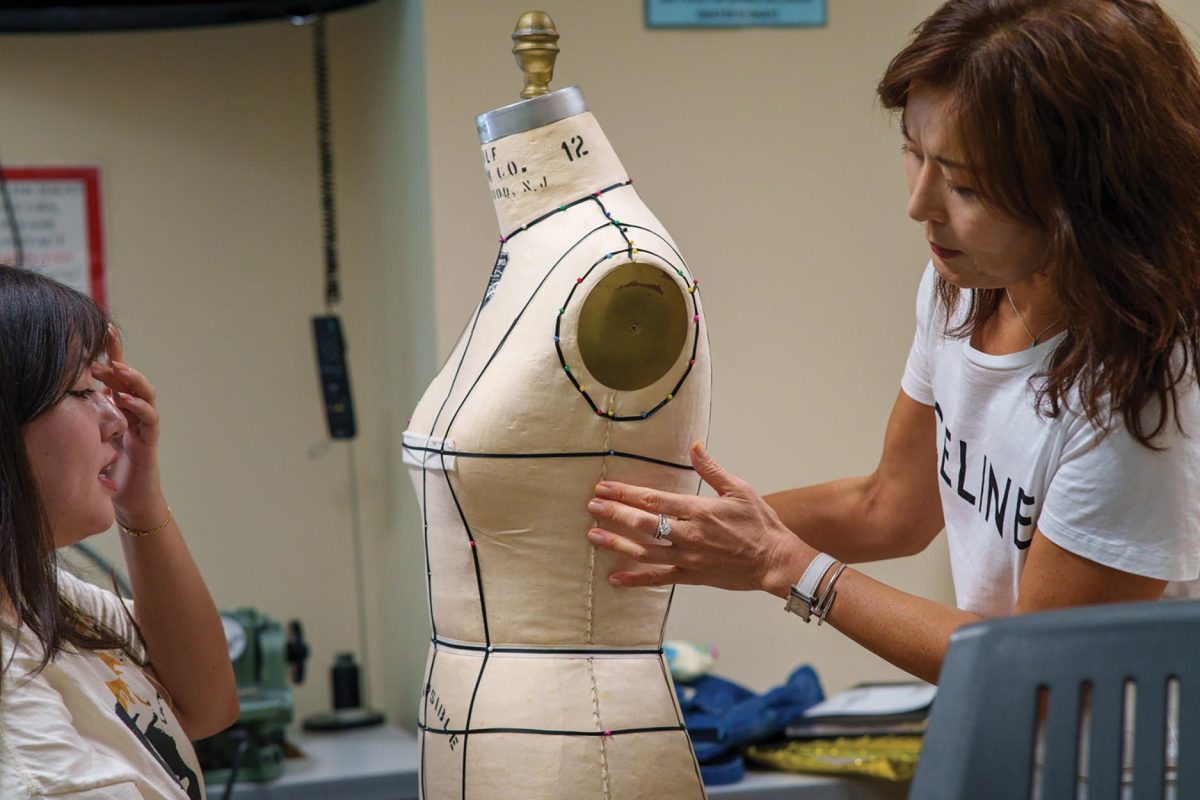Fast fashion is a trend in clothing retail that has produced accelerated sales and mountains of waste.
A knee length tan trench coat is the anchor image of a Vogue article on preparing for the fall fashion season. The coat boasts “at least 65% of ecologically grown cotton” on the website and costs $250. Zara sells a version with a cotton and polyamide outer shell and polyester lining which is nearly identical — it costs about $50.
This is fast fashion. Accelerated production of clothing using cheap labor and human-made materials for low quality products coupled with aggressive ad campaigns. Low-cost copies are big sellers at stores but following the latest fashion trend or influencer may be killing the planet.
Fashion waste was a problem before fast fashion. Studies by the United States Environmental Protection Agency have recorded an increase in production of clothing, and shoes across the U.S. and have also tracked rates of waste. The amount of clothing items which end up as waste has gone up from 1.31 million tons in 1960 to 9.07 million tons in 2018. In 2018, only about 13 percent of this waste was recycled.
An article by the Boston University School of Public Health described the ramifications of fast fashion waste, particularly on the poor and people of color. A glut of waste material, much of it toxic, winds up in landfills which are 2.8 times more likely to be in BIPOC neighborhoods.
Fast Fashion Needs Faster Solutions and Future Leaders
Tracie Tung, an instructor at California State University, Northridge, has spent the last three years teaching students about the problems of fast fashion. Tung holds a doctorate in human environmental sciences from Oklahoma State University, and has been an advisor on sustainability in fashion for over a decade. According to Tung, these products have a planned obsolescence, enticing consumers to buy the latest item.
“It’s because they want to pursue those fashion trends but they cannot afford those expensive products from those brands,” Tung said. “So think about that. What do they do with the clothes, the cheap version, when it’s out of fashion. We throw it away and then, you know, we use plastic, for example polyester, and then it goes to the landfill.”
Tung started a pilot program intending to put waste management into the minds of students through the Sustainability Fashion Ambassador Program in 2021. She emphasized that everything in fashion should be focused on sustainability. The program followed a seminar format using readings and discussions every other week. This was soon followed by upcycling design competitions, where students used scraps of fabric waste and other recyclable material in their designs. Associated Students shortly partnered with Tung to bring a Sustainable Fashion Expo to the campus.
The program has evolved into the broader Sustainable Fashion Program, which will continue its previous activities and expand with online talks open to the public.
Tung looks at the entire industry from conception to consumption to improve sustainability.
“So I want people to know, what the consequences are,” Tung said. “So when you need to make the decision, I hope you can make the right decision and we can use this right decision to push those big companies to produce the right product for us.”
Her advice is to develop a personal sense of fashion and avoid following every trend. Often, as these trends fade, they leave in their wake tons of clothing. She also recommends that consumers inform themselves about the practices and choices of the companies they frequent. She says that she “believes in consumer power” that alternative markets and second hand stores keep more clothing out of landfills. Depop is an online store which resells popular brands. Local producers are another alternative.
These activities by consumers can decrease the demand for fast fashion items, but tackling this issue will require more government involvement. California has several bills looking to address textile waste. California SB707, authored by California State Senator Josh Newman (D), addresses recycling. Tung points to European programs dealing with less plastics in clothing as examples and hopes to see more aggressive measures in the United States.
“The end goal is very, very simple. Create the awareness of sustainable fashion. That’s it.”










